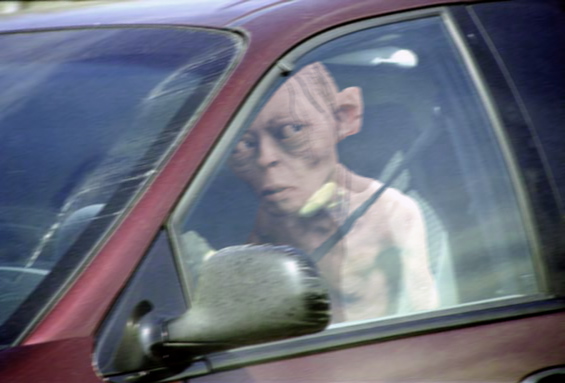View current page
...more recent posts

From E. Worthy, Early 21st Century Art (New York: Kramer Publishing 2035):
"Another Rubicon was crossed in the mid-'00s with the publication of the GNY05OG (Greater New York 2005 Online Gallery). This Borgesian project began at the instigation of "blogger" James Wagner (as citizen journalists were then known). In response to a Stalinesque ban on photography at the PS1 Contemporary Art Center in New York, Wagner called for artists to sketch the show and offered to post the drawings to the Internet. The response was astonishing--overcoming their natural territoriality, apathy about other artists' work and fear of not being seen as "playas," hundreds of artists flocked to the institution and submitted drawings to Wagner. The online exhibition was so personal, idiosyncratic and non-hierarchical that critics began describing it as "better than the original show" (Village Voice) and a "case of the map becoming the territory" (October). The art was viewed all over the world, revitalizing New York as a "dynamic center of art rather than just a series of year-round vegetable stalls" (The Guardian).And then I woke up. Wagner's actual gallery, now containing eight (!) drawings, is here. Please note the drawings have an anti-hotlinking feature that may require you to turn off your Norton to view them (I have to).
The show also marked the beginning of a new, meta-art, wherein artists used powers of observation, drawing ability, and Photoshop skills to create an enhanced online product somewhere between the physical and the virtual. The new work had a torqued up effect akin to the sampling phenomenon in music, where tweaked sounds became more punchy and "present" than live playing. Eventually, as we know, museums became physical "sample banks," with real-space objects serving much the same function as plaster casts of still life subjects in the 19th Century academy, that is, mere shells used as starting points for finished electronic work.
Bob Moog, inventor of the Moog synthesizer and revolutionizer of music, just died. May he rest in peace. Below are excerpts from two posts that appeared on this page last year about the film Moog. They were mostly critical, but the gripes were about the film and not the man, as I have nothing but admiration for him and his work.
The highest spots in Moog involve not the keyboard instrument but the Theremin, which Moog got his start building. Solos by Pamelia Kurstin and Moog himself are beautiful and otherworldly--music from thin air, only two controls (pitch and volume), no moving parts, it's the soul of economy and still inherently futuristic. How did we ever lose track of the concept?And later:
It's interesting to watch Moogs being assembled and to hear the inventor talk about them--he's quite the spiritualist, and says he intuitively knows what sounds the circuits will make. He emphasizes the importance of playing live before an audience, and seems to distrust "music made alone to be listened to by people alone." [...]
